Unlocking the Power of Product-Led Growth: Strategies, Metrics, and Benefits
The rise of product-led growth is transforming how companies acquire, retain, and expand their customer base - this comprehensive guide explores the shift to PLG, from the factors driving adoption to core principles and strategies needed for successful implementation.
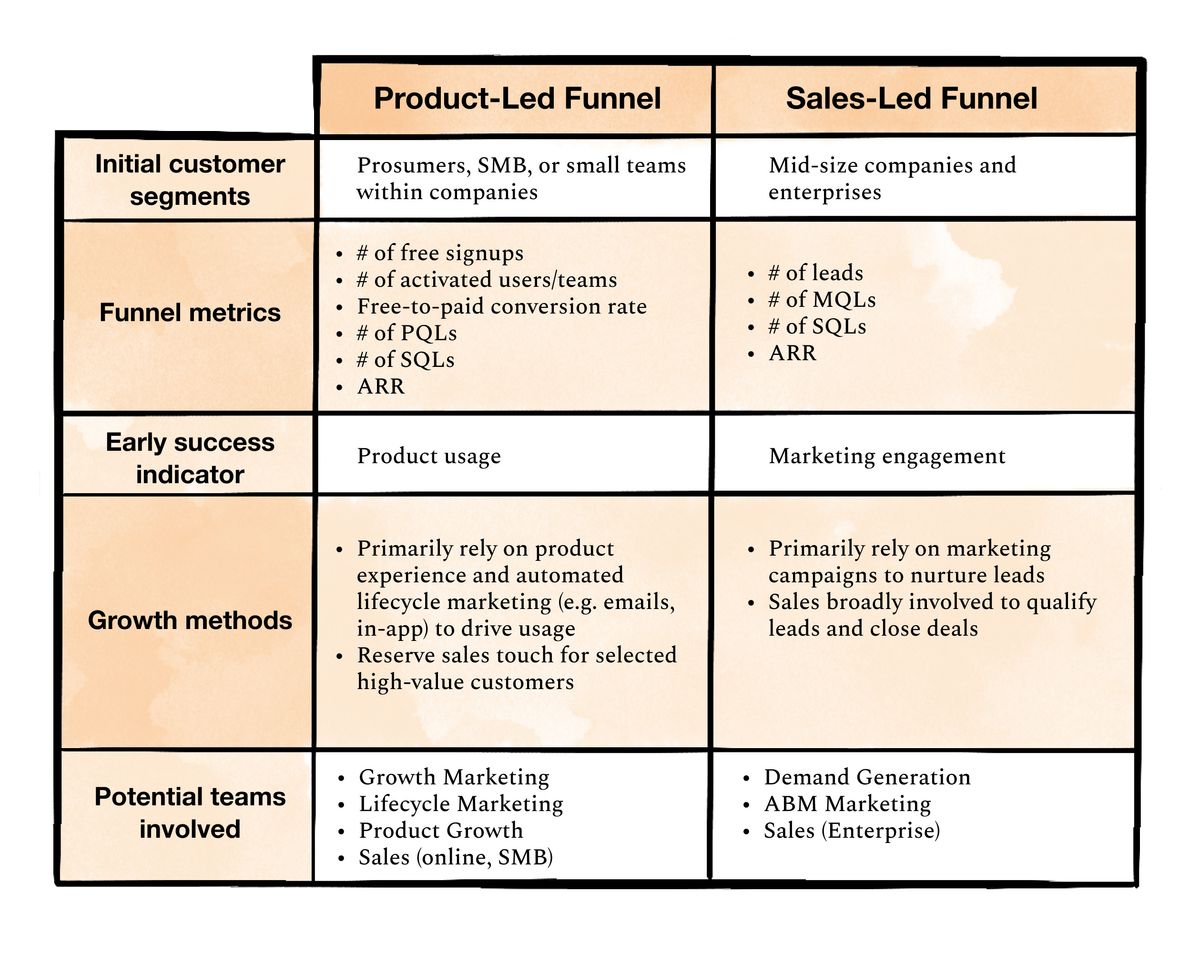
The business landscape of acquiring and retaining customers is rapidly evolving. The rise of product-led growth (PLG) is transforming how companies approach customer acquisition, retention, and expansion, leading to a more sustainable and scalable growth strategy. But what is driving this shift, and how can organizations unlock the power of PLG to achieve higher revenue growth rates?
Join us on this journey as we unravel the secrets behind the success of PLG pioneers like Amplitude, Linear, and Pocus, and uncover the core principles that make this approach so effective.
In this exploration, we will delve into the factors that have driven the rise of PLG, the core principles that underpin its success, and the strategies needed to implement a PLG model. We’ll also discuss key metrics for measuring PLG success, as well as the challenges and pitfalls to avoid on the path to realizing the full potential of this powerful growth strategy.
Key Takeaways
- Product-Led Growth (PLG) is a user-centric approach to sustainable, scalable growth.
- Companies must prioritize understanding and addressing user needs, seamless onboarding experiences, and value delivery for successful implementation.
- Key metrics include CAC/TTV/Retention Rate. Potential challenges & pitfalls should be avoided through collaboration & data tracking.
The Rise of Product-Led Growth

The product-led growth model has been making waves in the business world, as more companies recognize its potential for sustainable and scalable growth. The shift from traditional sales led growth approaches to a product-led strategy has been driven by factors such as changing customer preferences, increased competition, and the success of PLG pioneers like Slack and Dropbox. These trailblazers have demonstrated that focusing on the product as the primary driver of customer acquisition, retention, and expansion can lead to lower customer acquisition costs, higher revenue growth rates, and increased customer loyalty. As a result, an increasing number of product led businesses are adopting product led growth strategies to achieve their growth objectives.
The PLG model emphasizes a user-centric approach, seamless onboarding, and value-driven experiences as its core principles. It is no surprise that companies adopting a product-led strategy have achieved remarkable success in capturing market share and creating lasting customer relationships. Success stories of PLG companies such as Slack, Dropbox, and HubSpot are testament to the potential of this approach in driving revenue growth and customer satisfaction.
Factors Driving the Shift to PLG
There are several factors contributing to the shift towards a product-led growth model. One of the most significant drivers is the increasing competition in the market, which has prompted companies to seek out new ways to differentiate themselves and attract customers. Additionally, modern customers prefer self-education and frictionless product experiences over interactions with sales reps, making a product-led approach even more appealing.

The demonstrated success of companies like Slack, Dropbox, and HubSpot in using the product as the primary tool for customer acquisition, retention, and expansion, is another influential factor. Their success has inspired a new generation of product-led companies that aim to emulate their achievements and unlock the full potential of the PLG model.
Successful PLG Companies
We can learn valuable lessons from the success stories of companies like Slack, Dropbox, and HubSpot, which highlight the power of a well-executed product-led growth strategy. These companies have managed to differentiate themselves from traditional sales-led companies by focusing on the product as the primary driver of customer acquisition, retention, and expansion. By offering free trials or freemium products, these companies enable users to experience the product’s value before committing to a paid plan.

Moreover, their customer success teams and sales team play a crucial role in ensuring user satisfaction and retention, further strengthening their product-led approach. The success of these companies serves as a testament to the potential of the PLG model and a source of inspiration for others looking to adopt a product-led strategy, become a product led company, and generate product qualified leads.
Core Principles of Product-Led Growth
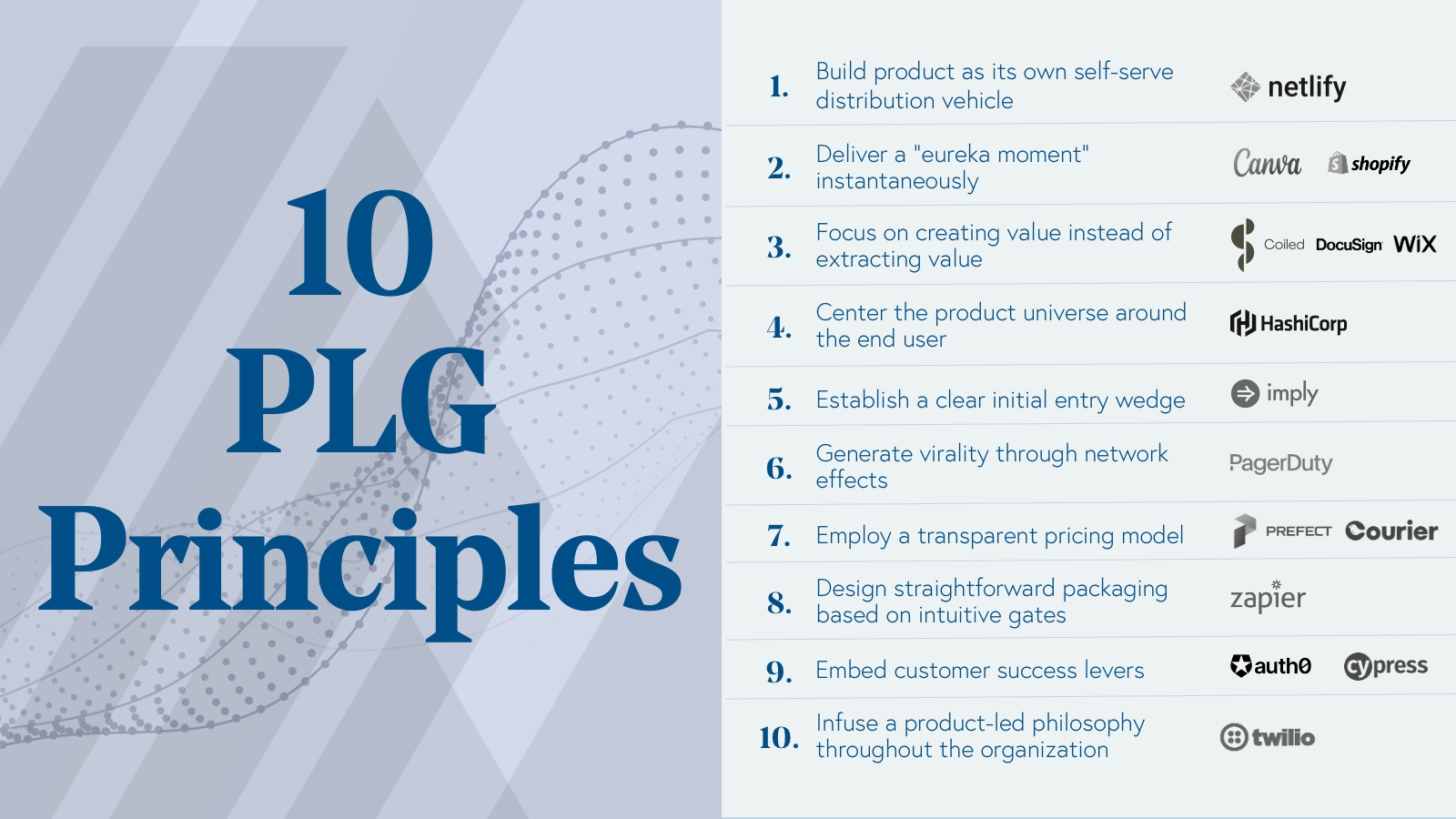
The foundation of any successful product-led growth strategy lies in its core principles. These principles revolve around a user-centric approach, seamless onboarding, and value-driven experiences that prioritize customer success. By focusing on these key aspects, PLG companies can ensure that their product delivers value to users, solves their pain points, and keeps them engaged and satisfied over the long term.
For organizations considering the adoption of a product-led growth model, understanding and implementing these core principles is vital as they guide all strategic decisions and actions. Let’s dive deeper into these principles and explore how they contribute to the success of PLG companies.
User-Centric Approach
A user-centric approach is at the heart of product-led growth, as it emphasizes understanding and addressing user needs and desires throughout the product development process. This approach ensures that the product delivers value to users, solves their pain points, and keeps them engaged and satisfied. By focusing on the needs and expectations of users, PLG companies can create products that are more intuitive, user-friendly, and appealing to their target audience.

However, adopting a user-centric approach is not without its challenges. It requires a deep understanding of users and their needs, as well as the ability to reconcile these requirements with the objectives of the business. By involving users in the design process, gathering feedback throughout development, and measuring user engagement and satisfaction, companies can successfully implement a user-centric approach and reap the benefits it offers.
Seamless Onboarding
Seamless onboarding is another critical component of a successful product-led growth strategy. By enabling users to quickly understand and experience the product’s value, PLG companies can increase the likelihood of conversion and retention.

This is especially important in today’s competitive market, where users have countless options at their fingertips and are quick to abandon products that fail to meet their expectations.
To achieve seamless onboarding, PLG companies must focus on:
- Creating an intuitive and frictionless user experience that allows users to navigate the product with ease
- Providing clear instructions
- Offering personalized experiences
- Leveraging automation to guide users through the onboarding process
By streamlining the onboarding experience, PLG companies can ensure that users are engaged and satisfied from the very beginning, setting the stage for long-term success.
Value-Driven Experiences
Lastly, product-led growth companies prioritize delivering value-driven experiences that keep users engaged and satisfied over time. By focusing on providing value through every interaction, PLG companies can build lasting relationships with their users and foster a sense of loyalty that translates into long-term success. This focus on value-driven experiences is especially important in today’s market, where users are quick to abandon products that fail to meet their expectations.

To create value-driven experiences, PLG companies must closely monitor user behavior, identify opportunities for improvement, and continuously iterate on their product to ensure it meets user needs. This requires a commitment to continuous improvement, data-driven decision making, and a relentless focus on customer success.
By prioritizing value-driven experiences, PLG companies can ensure that their product remains competitive and continues to deliver value to users throughout their lifecycle.
Implementing a Product-Led Growth Strategy
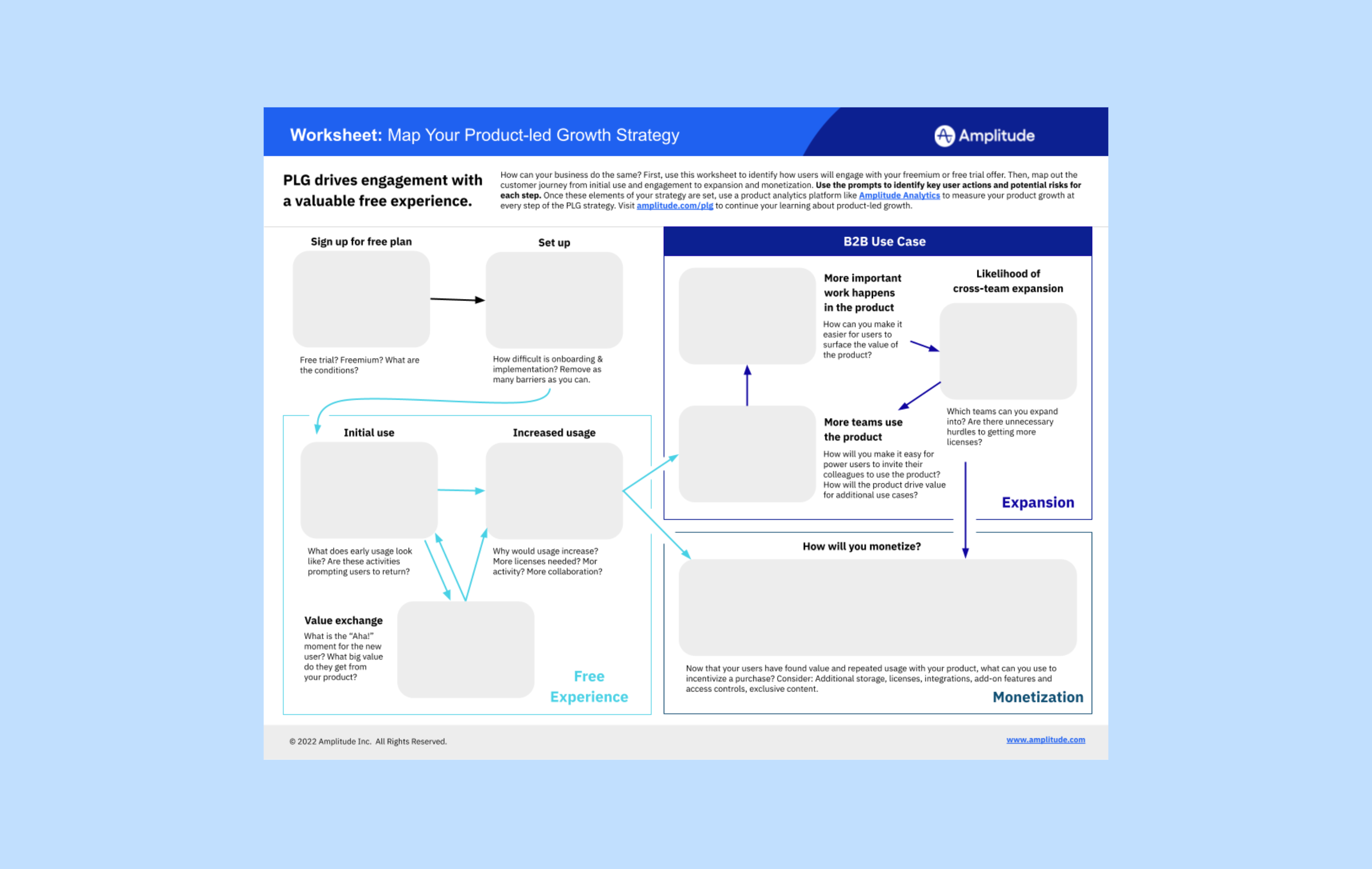
Successfully implementing a product-led growth strategy requires a significant shift in mindset and approach, as well as a clear understanding of the core principles that underpin PLG success. Companies looking to adopt a PLG model must be prepared to embrace organizational alignment, data-driven decision making, and continuous improvement as the cornerstones of their strategy.
We will now examine the crucial steps and considerations involved in implementing a product-led growth strategy, along with potential challenges and pitfalls to be wary of. By understanding the key elements of a successful PLG implementation, organizations can unlock the full potential of this powerful growth model and achieve lasting success in today’s competitive market.
Organizational Alignment

Organizational alignment is a crucial component of successful PLG implementation, as it ensures that all teams and departments are working together towards a shared vision and goals. This alignment is essential for fostering:
- Collaboration
- Communication
- Effective and efficient work
- Achievement of PLG strategy objectives
To achieve organizational alignment, companies must establish a shared vision and goals, assign clear roles and responsibilities, and cultivate a culture of collaboration and communication. This will ensure that all teams are working towards the same objectives and have a unified approach to achieving them.
By fostering alignment across the organization, companies can optimize their PLG efforts and accelerate their path to success.
Data-Driven Decision Making
Data-driven decision making is another key aspect of successful PLG implementation, as it enables companies to identify opportunities for improvement and measure the impact of their efforts. By leveraging data to inform decisions and strategies, PLG companies can ensure they are optimizing their approach and driving maximum value for their users.

To truly harness the power of data-driven decision making, companies must invest in the right tools and technologies that enable them to collect, analyze, and act on the data they gather. This includes event-based analytics platforms, which provide valuable insights into user behavior and product performance. By using data to guide their PLG efforts, companies can more effectively identify areas for improvement and make the necessary adjustments to ensure their product continues to deliver value to users.
Continuous Improvement
Continuous improvement is a vital component of any successful product-led growth strategy, as it ensures that companies are constantly iterating and optimizing their product to stay ahead of the competition. In the fast-paced world of technology, companies must be agile and responsive to changes in user needs and preferences, as well as shifts in market dynamics.

To embrace continuous improvement, PLG companies must be committed to analyzing their product performance, identifying areas for enhancement, and making the necessary adjustments to ensure it continues to meet user needs. This process of ongoing improvement not only helps maintain a competitive edge, but also fosters an organizational culture that is focused on innovation and excellence.
Key Metrics for Measuring Product-Led Growth Success
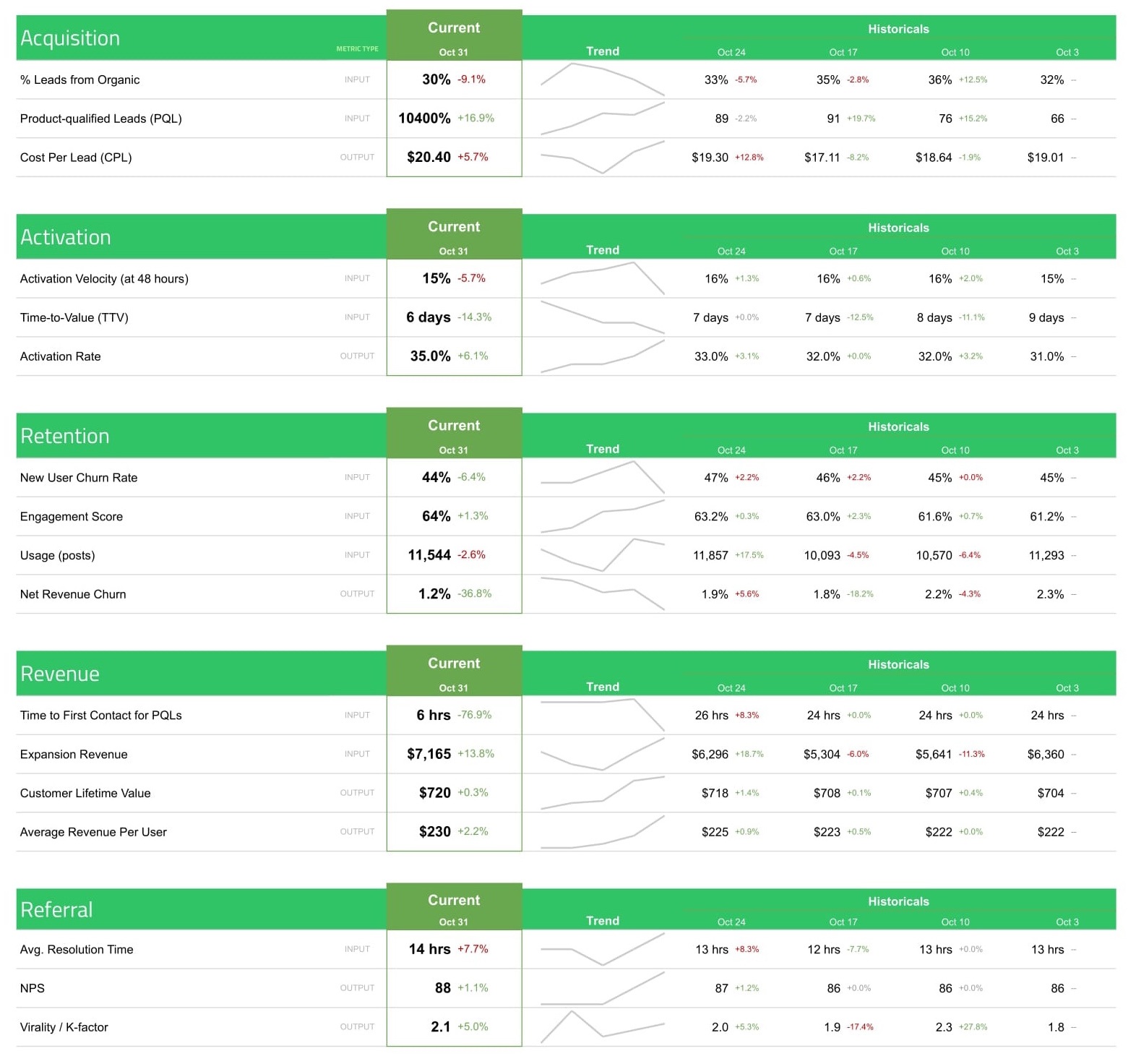
Tracking the appropriate metrics is vital for accurately assessing the success of a product-led growth strategy. These key performance indicators (KPIs) provide valuable insights into the impact of PLG efforts and help companies identify areas for improvement. Some of the most important metrics for measuring PLG success include customer acquisition cost (CAC), time-to-value (TTV), and retention rate.
By closely monitoring these metrics, companies can gain a deeper understanding of their product’s performance and make data-driven decisions to optimize their PLG efforts. We will now explore each of these metrics in greater detail and discuss their role in gauging the success of a product-led growth strategy.
Customer Acquisition Cost (CAC)
Customer acquisition cost (CAC) is a crucial metric that measures the cost of acquiring new customers. A lower CAC indicates a more efficient product-led growth strategy, as it means that the company is able to acquire customers at a lower cost than its competitors. By tracking CAC, companies can identify areas where their customer acquisition strategies can be improved and optimize their efforts accordingly.

To minimize CAC, companies can optimize their marketing campaigns, leverage customer referrals, and offer discounts or incentives to attract new users. By closely monitoring and managing CAC, companies can ensure that their PLG efforts are driving maximum value for their business and achieving sustainable growth, while also considering the importance of customer lifetime value for their paying customers.
Time-to-Value (TTV)
Time-to-value (TTV) is another key metric that measures the time it takes for users to experience the full value of a product. A shorter TTV indicates a more effective onboarding process, as it means that users are able to quickly understand and experience the product’s value. By tracking TTV, companies can identify areas where their onboarding processes can be improved and optimize their efforts accordingly.
To minimize TTV, companies can optimize their onboarding flows, create personalized experiences, and utilize automation to guide users through the process. By closely monitoring and managing TTV, companies can ensure that their PLG efforts are driving maximum value for their users and achieving sustainable growth.
Retention Rate
Retention rate is a critical metric that measures the percentage of users who continue using a product over time. A higher retention rate indicates a successful product-led growth strategy, as it means that users are deriving value from the product and are likely to continue using it. By tracking retention rates, companies can gain insights into user loyalty and engagement, as well as identify areas where their product may be falling short.
To improve retention rate, companies can focus on delivering value-driven experiences that keep users engaged and satisfied, as well as continuously iterate and optimize their product to address user needs and preferences. By closely monitoring and managing retention rate, companies can ensure that their PLG efforts are driving maximum value for their users and achieving long-term success.
Challenges and Pitfalls to Avoid in Product-Led Growth
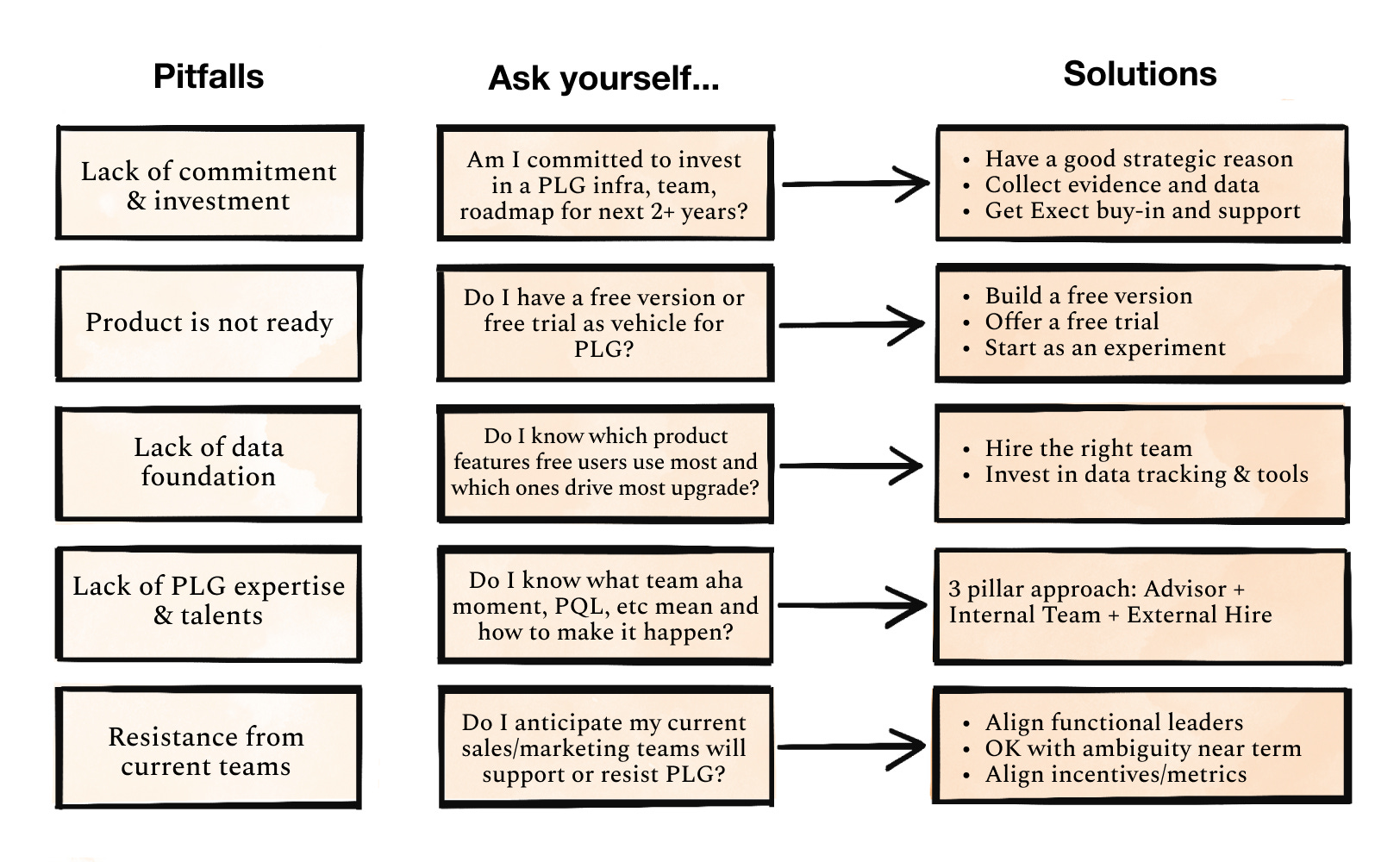
While product-led growth offers many benefits, it is not without its challenges and pitfalls. For a successful PLG strategy implementation, companies need to stay aware of these potential obstacles and strategize to circumvent them. Some of the most common challenges and pitfalls to avoid in product-led growth include overlooking user feedback, insufficient collaboration, and inadequate metrics tracking.
By addressing these challenges and pitfalls, companies can ensure that their product-led growth efforts are well-rounded and effective, ultimately driving sustainable growth and long-term success. We will now delve deeper into each of these challenges and pitfalls, providing guidance on how to navigate around them.
Overlooking User Feedback
Ignoring user feedback can lead to a product that fails to meet user needs and expectations, hindering the success of a product-led growth strategy. User feedback is an invaluable source of insights that can help companies refine their product, identify areas for improvement, and optimize the user experience.

To avoid overlooking user feedback, companies can employ various methods to collect and analyze feedback, such as:
- Surveys
- Interviews
- Reviews
- User testing
By actively seeking and incorporating user feedback into their product development process, companies can ensure that their product remains relevant and valuable to users, ultimately driving PLG success.
Insufficient Collaboration
Insufficient collaboration between teams and departments can result in a disjointed product experience, hindering PLG efforts. In order to achieve a seamless customer experience, it is essential for teams to work together and communicate effectively throughout the product development process.
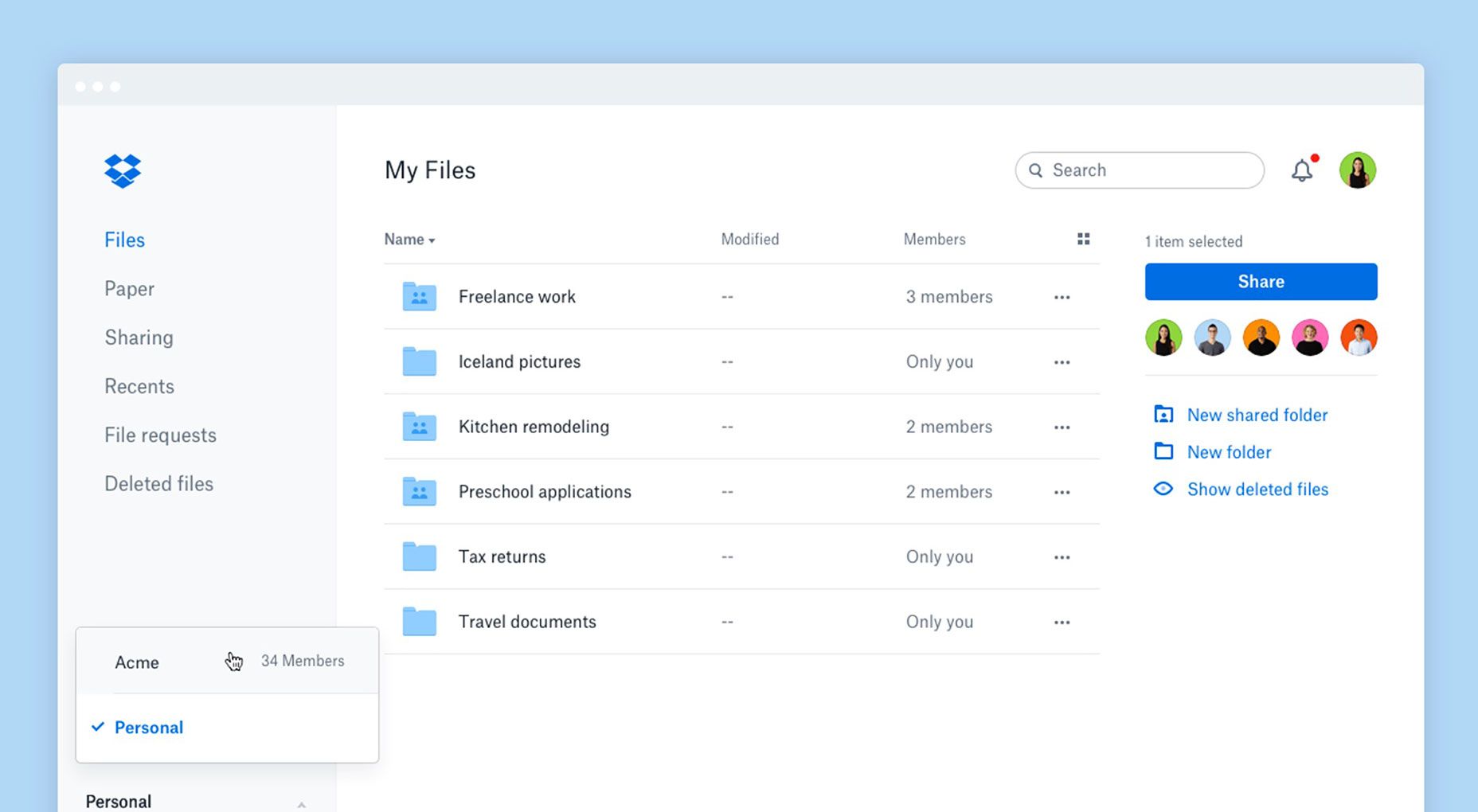
To foster collaboration, companies should establish clear roles and responsibilities, create a shared vision and goals, and cultivate a culture of collaboration and communication. By ensuring that teams are aligned and working together towards a common objective, companies can optimize their PLG efforts and achieve long-term success.
Inadequate Metrics Tracking
Inadequate metrics tracking can make it difficult for companies to measure the success of their product-led growth strategy and identify areas for improvement. To effectively evaluate the impact of their PLG efforts, companies must invest in the right tools and technologies that enable them to collect, analyze, and act on the data they gather.

By investing in event-based analytics platforms and other data-driven tools, companies can gain valuable insights into user behavior, product performance, and the overall success of their PLG strategy. With accurate and comprehensive metrics tracking, companies can make data-driven decisions to optimize their PLG efforts and drive maximum value for their users.
Summary
The rise of product-led growth represents a seismic shift in how modern companies approach customer acquisition and retention. By embracing user-centric design, frictionless onboarding, and relentless improvement, PLG puts the product at the heart of the customer journey.
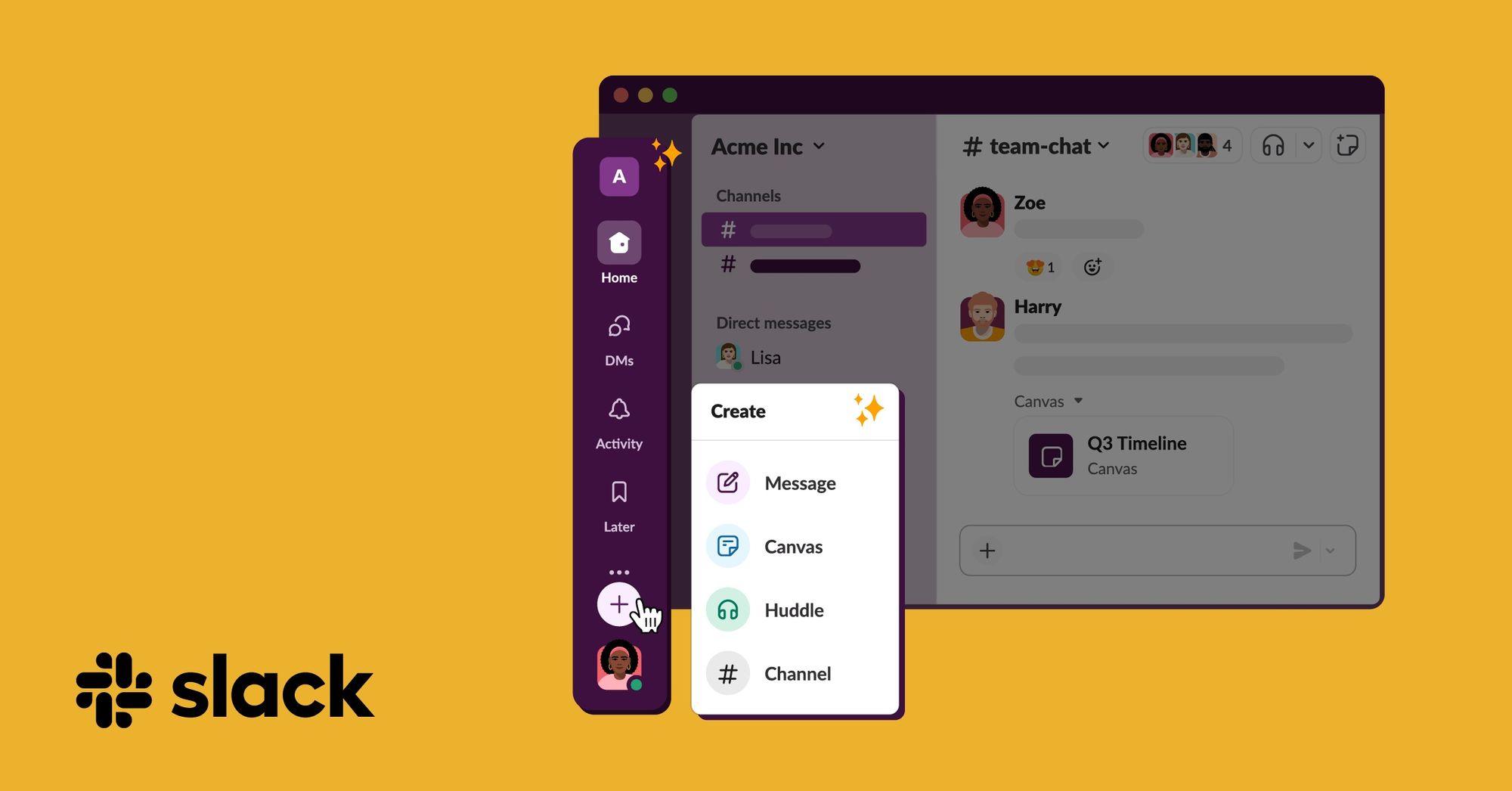
For organizations willing to embrace this customer-first model, the rewards can be immense - reduced churn, lower CAC, and viral growth. But realizing PLG's full potential requires cross-functional coordination, user feedback loops, and an obsession with value delivery. The path is challenging, but for those who persevere, a new era of scalable, sustainable growth awaits.
Product-led growth is a powerful approach that has the potential to revolutionize how companies acquire, retain, and expand their customer base. By focusing on the product as the primary driver of customer acquisition, retention, and expansion, companies can achieve sustainable and scalable growth while delivering value-driven experiences that keep users engaged and satisfied. The success stories of PLG pioneers like Slack, Dropbox, and HubSpot serve as both inspiration and testament to the potential of this approach.
To unlock the full potential of product-led growth, companies must embrace its core principles, such as a user-centric approach, seamless onboarding, and continuous improvement. By focusing on these key elements and avoiding common challenges and pitfalls, organizations can implement a successful PLG strategy that drives long-term success and growth in today’s competitive market.
When the product sells itself, everyone wins.
Frequently Asked Questions
What is product-led growth?
Product-led growth is a business strategy that utilizes the company’s software product features, performance and virality to drive customer purchases. Think of it as a try-before-you-buy strategy. This places the product at the heart of the buying journey, enabling it to act as the “seller.”
Product-led growth focuses on creating a product that customers love and want to use, rather than relying on traditional sales and marketing tactics. This strategy is becoming increasingly popular as companies look for ways to increase customer engagement and loyalty.
What is an example of a product-led growth strategy?
Product-led growth strategies, such as Calendly streamlining the task of scheduling meetings and Dropbox offering increased storage to users when they refer it to others, are excellent examples of how products can lead to successful growth.
These strategies are becoming increasingly popular, as they allow companies to focus on creating a great product that users will love, rather than relying on traditional marketing tactics. This shift in focus has enabled companies to grow quickly and sustainably.
Product-led growth strategies are also cost-effective, as they require product-led growth.
What are the stages of product-led growth?
Product-led growth is a business model that focuses on the product itself driving customer acquisition, engagement, retention, and monetization.
Teams combine their efforts from sales and marketing to product and customer success for successful implementation of this growth strategy.
What is the primary driver of the shift to product-led growth?
The primary driver of the shift to product-led growth is changing customer preferences, increased competition, and the success of PLG pioneers.
These changes have led to a new approach to customer acquisition and retention, one that focuses on creating a great product experience that customers love. Companies are now investing heavily in product development, design, and customer experience to drive growth.
What are the core principles of product-led growth?
Product-led growth focuses on providing a user-centric experience with seamless onboarding, value-driven experiences, and prioritization of customer success.
By focusing on the user experience, product-led growth helps companies to acquire and retain customers more effectively. It also helps to create a more engaged customer base, which can lead to increased revenue and customer loyalty.

